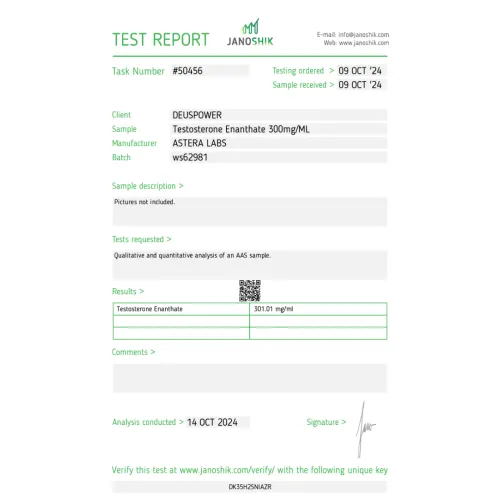
Best Triceps Exercise According to Science
If I recommend an exercise, it must be scientifically proven to be effective; otherwise, I would never suggest it. In this article, I’m going to talk about the best triceps exercise you can do to maximize your arm growth.
Triceps Anatomy

To understand which exercise is the best, we first need to talk about the anatomy of the triceps. The triceps consists of three heads:
• Long head: Contributes to elbow extension as well as shoulder extension and adduction.
• Lateral head: Primarily involved in elbow extension.
• Medial head: Also contributes to elbow extension.
As we can see, the triceps is made up of three heads, and each one is activated to varying degrees depending on the movement.
How to Train the Triceps
The triceps is 2.5 to 3 times larger than the biceps, meaning it can handle a significant training volume. Personally, I like to perform a high number of effective sets per week, complemented by intensity techniques such as drop sets.
As you might have guessed, you need to perform a variety of exercises to target each of the three heads effectively and train the triceps in the most optimal way possible.
The Best Exercise: Overhead Triceps Extensions

If there are three heads and I just mentioned that different exercises are needed to target them… how can there be a single best exercise? It’s simple: according to a recent study, overhead triceps extensions are the exercises that cause the most activation and growth in all three heads simultaneously.
Does this mean I can just do this one exercise? Yes and no. This exercise should be a must in your routine, but remember that variety in exercises helps achieve balanced muscle development. Only doing one exercise can become boring and is not optimal, no matter how much total volume you achieve.
There are different ways to perform this exercise: with cables, dumbbells, or even a modified skull crusher. The simplest and most effective way is using cables (you can choose whether to use a rope, triangle, or bar as your grip).
As seen in the picture, there are two main positions, A and B, with position B being the most scientifically recommended.




